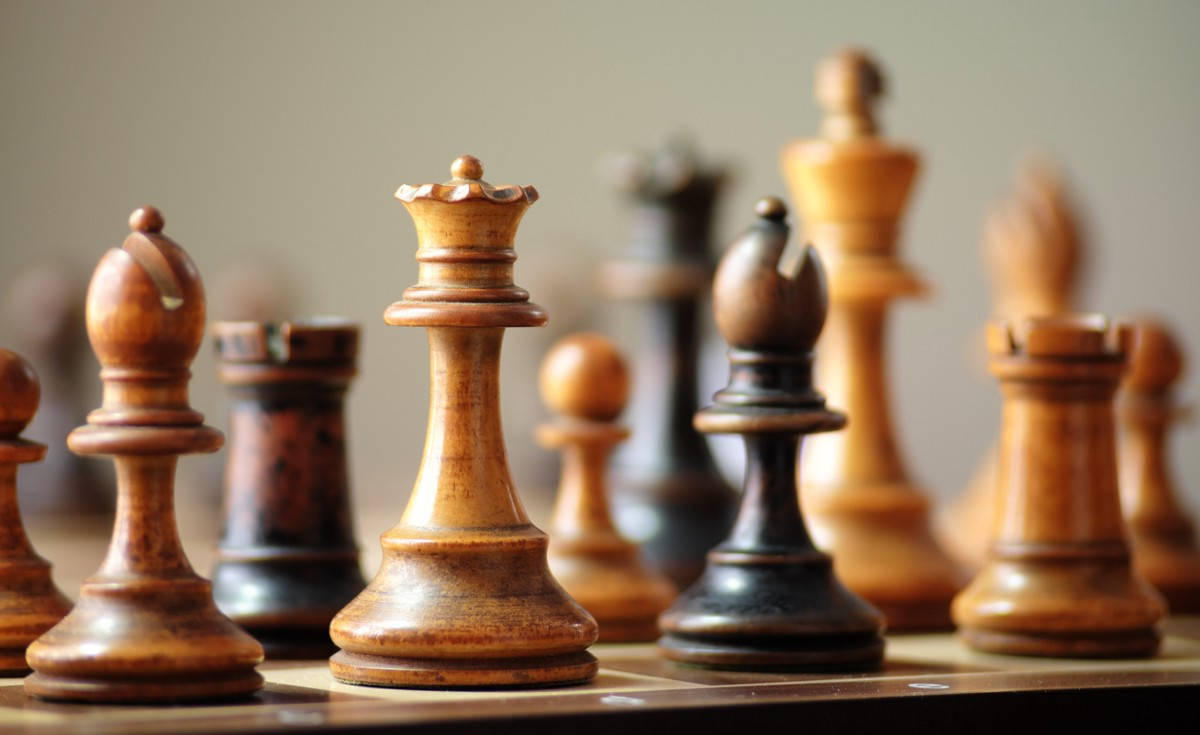This week, in order to prepare for our interim demo, I worked closely with Mukundh to solidify our communication between our RPi and Arduino. I updated our NodeJS backend communication logic to establish communication with Mukundh’s Python Serial Module Script in order to initialize the board’s calibration state before starting a game seek. I helped Mukundh debug, test, and verify his code while finalizing communication on my end. By interim demo, we had a full cycle of communication happening from the arduino, to the RPi and then to lichess. All this information would also be reflected on our custom website. Furthermore, I made some basic updates to the website’s UI and added the display of moves made by the different players. Now that we are approaching MVP, I’m starting to reinitialize focus on our post MVP goals, like our website. Mukundh and I focused on establishing the logic for move detection and communication with the arduino. Right now, we hard coded a list of moves (since we do not have our finalized hardware system yet), which the arduino cycles through and sends to the python serial module script, the script then formulates a JSON object and communicates it to the NodeJS file which then validates the move through our validation script and sends the move to Lichess if the move is valid.
In terms of our software schedule, we are making great progress to finish everything leaving a good amount of time to integrate our logic with the hardware system once it is finalized. I, along with Mukundh, will be spending the next week finalizing our move logic, as well as finalizing piece detection logic, while also writing tests in order to validate each of our individual sub systems.
